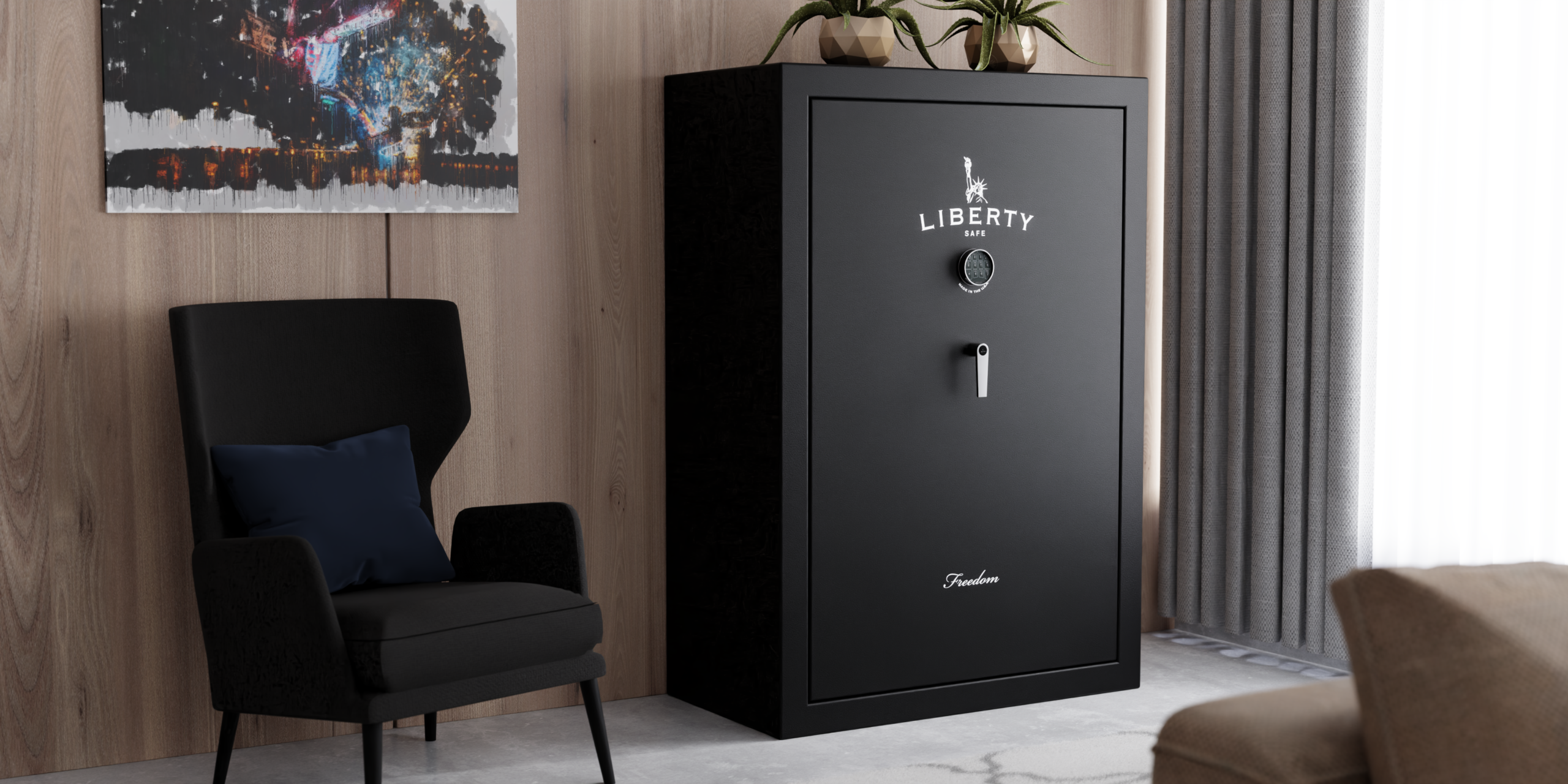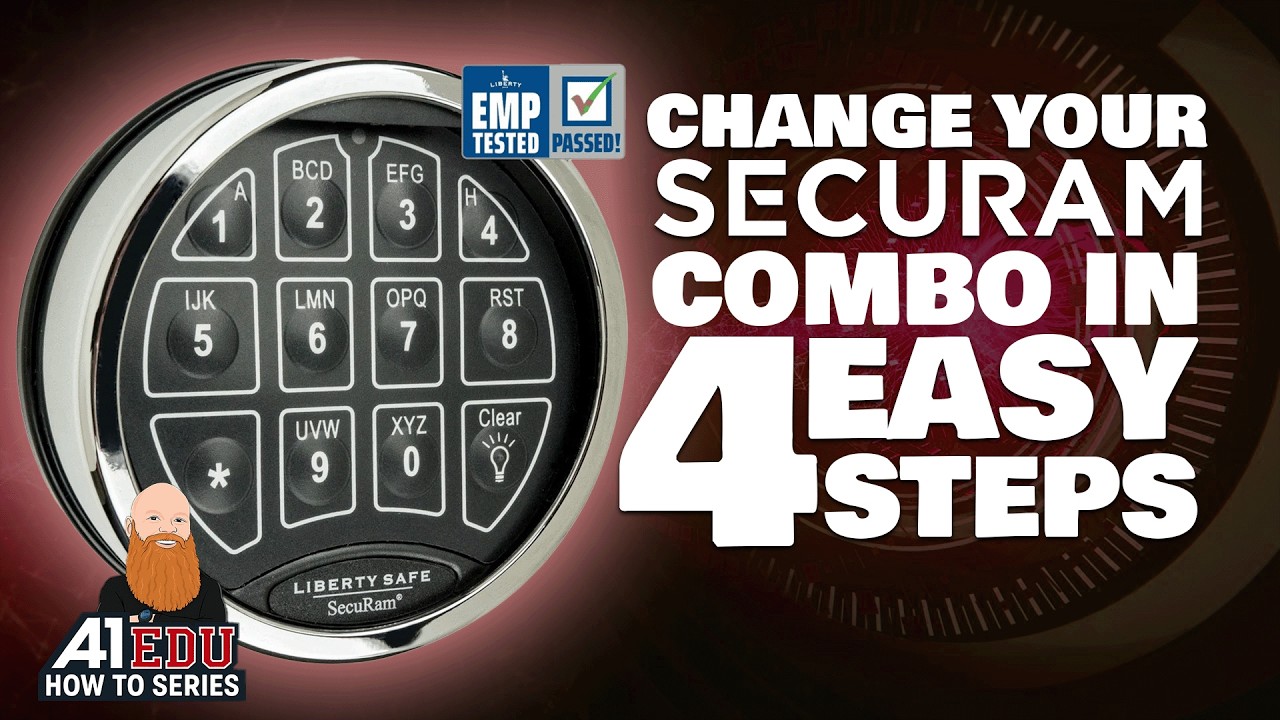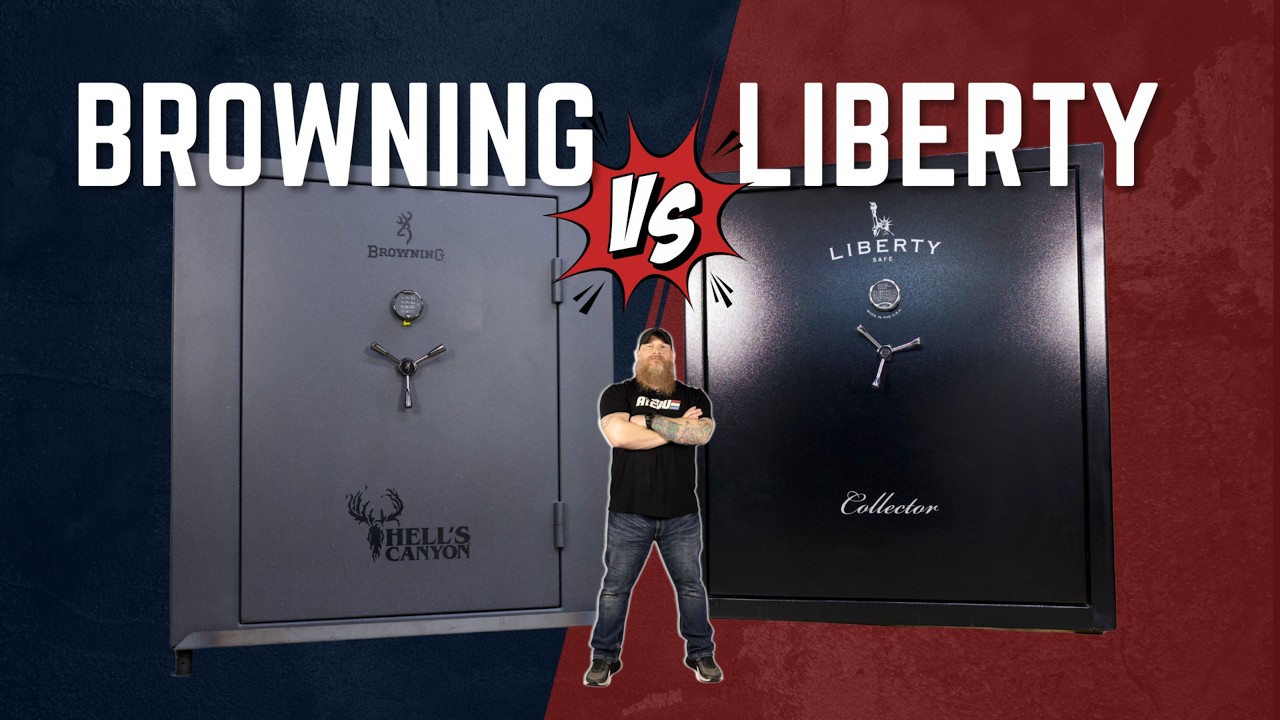As we’ve demonstrated, the padlock is more than just a security device. While you’ll find padlocks everywhere—from fences and sheds to chains and gates—they also serve as symbols. A padlock represents safety, security, and peace of mind for millions across the world.
Today, even websites use padlock icons to show they’re secure—demonstrating that the symbol has expanded into digital spaces. Yet despite its ubiquity, the padlock remains a cornerstone of physical security. Still, many people rarely stop to consider the very devices protecting their families, valuables, and privacy.
Though it’s simple by design, the padlock is powerful because of that simplicity. It’s portable, versatile, and practical for securing a wide range of items. In many ways, it’s one of the most universal security tools available. A padlock consists of three core components: the body, the locking mechanism, and the shackle. The shackle—its U-shaped top—makes contact with the item being secured. The locking mechanism, either integrated or modular, keeps it secured inside the body.
Integrated locking mechanisms are typical of older padlock models. These systems involve internal tumblers and disk-based components that block the shackle from moving. More modern padlocks feature modular mechanisms, which use tumblers, pins, wafers, or disks that secure independently from the shackle—offering improved durability and tamper resistance.
Whatever the lock—and whatever the problem—the professionals at A-1 Locksmith have the tools and experience to help. Call us 24/7 at (972) 284-7500 for expert locksmith service in the Dallas–Fort Worth area.















